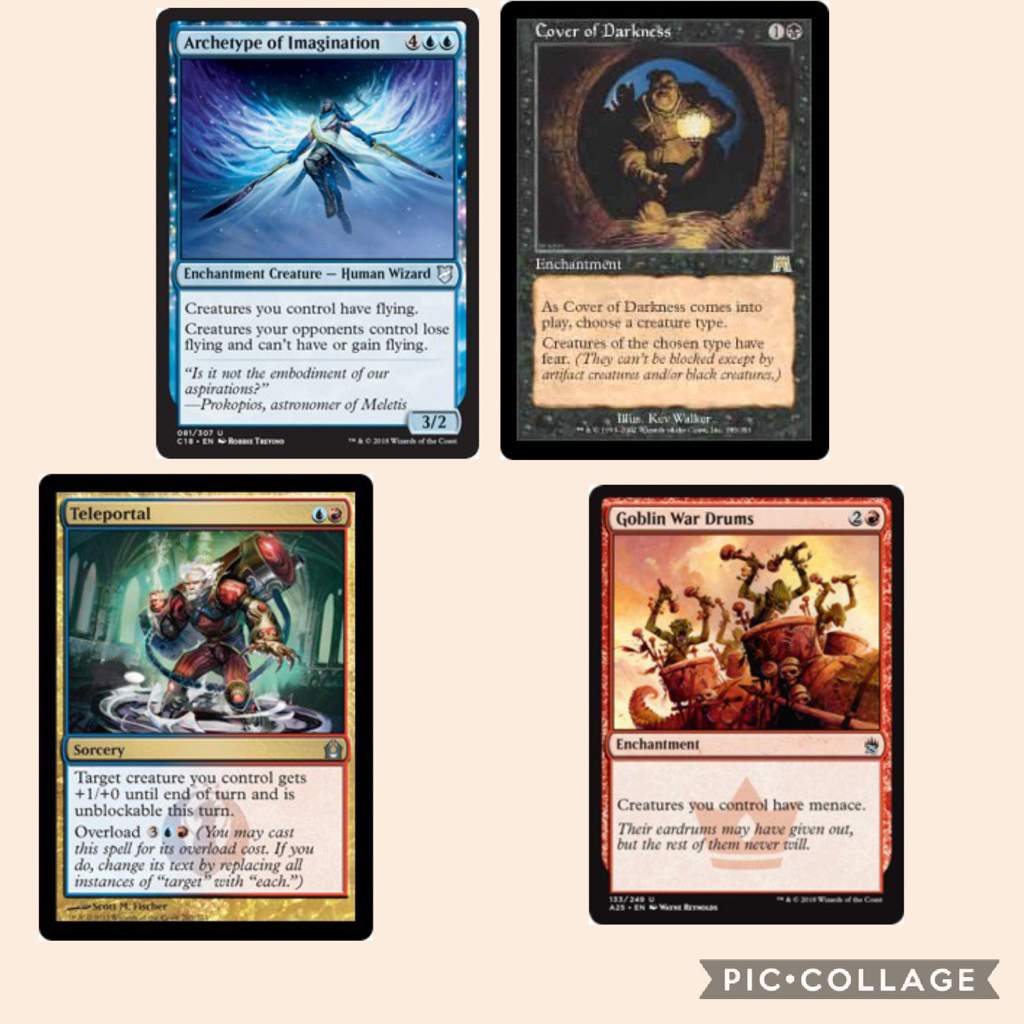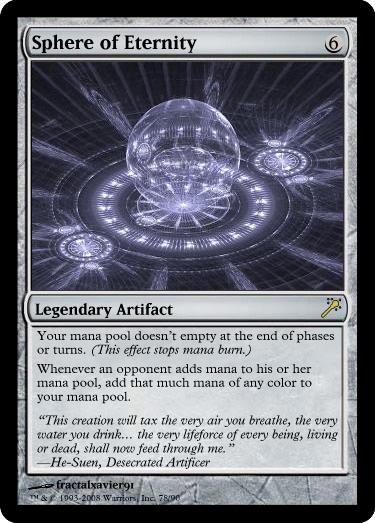

Target regions could be whole organs (heart, lung, brain, liver and etc), tissues (muscle), cells (nerve, dendrite and etc), disease specific structures (tumor cells) or cellular components. When designing the nano-drugs it is essential to understand the target region. Nanoparticles can be designed to have all three properties of the revised version of Ehrlich's “magic bullet”, and they could be used as therapeutics and/or diagnostics. Currently, the concept of ‘magic bullet’ includes a coordinated behavior of three components – drug, targeting moiety and pharmaceutical carrier ( Torchilin, 2000). It was considered as a hypothetical ‘magic bullet’ as an entity consisting of two components - the first one should recognize and bind the target, while the second should provide a therapeutic action in this target. Nano-carries could also improve the bioavailability of water-insoluble drugs, carry large payloads, protect the therapeutic agents from physiological barriers, as well as enable the development of novel classes of bioactive macromolecules ( Swami et al., 2012).Īlmost a century ago, Paul Ehrlich introduced the concept of targeted drug delivery. They have shown promising results in delivery of variety of molecules improving the therapeutic index of drugs by enhancing their efficacy and/or increasing their tolerability in the body. Nanoparticles are becoming more popular due to their unique tunable physicochemical properties. While the conventional drugs are still being widely used, the innovation of therapeutic nanoparticles has been radically changing the future of drug formulation and delivery ( Cai and Chen, 2007 Davis, 2008 Gao et al., 2005 Heath et al., 1980 Shi et al., 2010 Zhang et al., 2007). Undoubtedly, these ancient knowledge had laid the foundation for modern drug formulation and delivery and made a huge breakthrough in this field as the chemical analysis became first available to us in 19 th century ( Ansari and Farha Islam, 2012 ). Modern analysis showed that these formulations contained Fe 2 O 3, FeS 2, CuS and SiO 2 and also particle sizes were regulated in the range of 1-2 μm ( Mohaptra and Jha, 2010 Pal et al., 2014). In early as 7 century AD, metal, mineral and herbal based particles called Bhashma has been used in Ayurvedic medicine in Indian sub-continent.

Ebers papyrus, dated back to ~ 1500 BC provides a detailed description of medical treatments used by ancient Egyptians ( Jones, 2011 Shadlen, 2011). They must have learnt to extract active ingredients from natural resources using crude methods and enhanced to use as pain killers or to heal wounds or to treat all types of diseases known to them. In their continuous quest for food and survival, our ancestors must have experienced the effects of natural sources of pharmacologically active chemical substances produced by organic and inorganic materials such as plants, fungi, insects, animal excreta, reptiles and mineral ores for better or for worse. For a long time people have been working on developing therapeutic agents so that they can tune pharmacological and pharmacokinetic properties to treat diseases and get desired results.


 0 kommentar(er)
0 kommentar(er)
